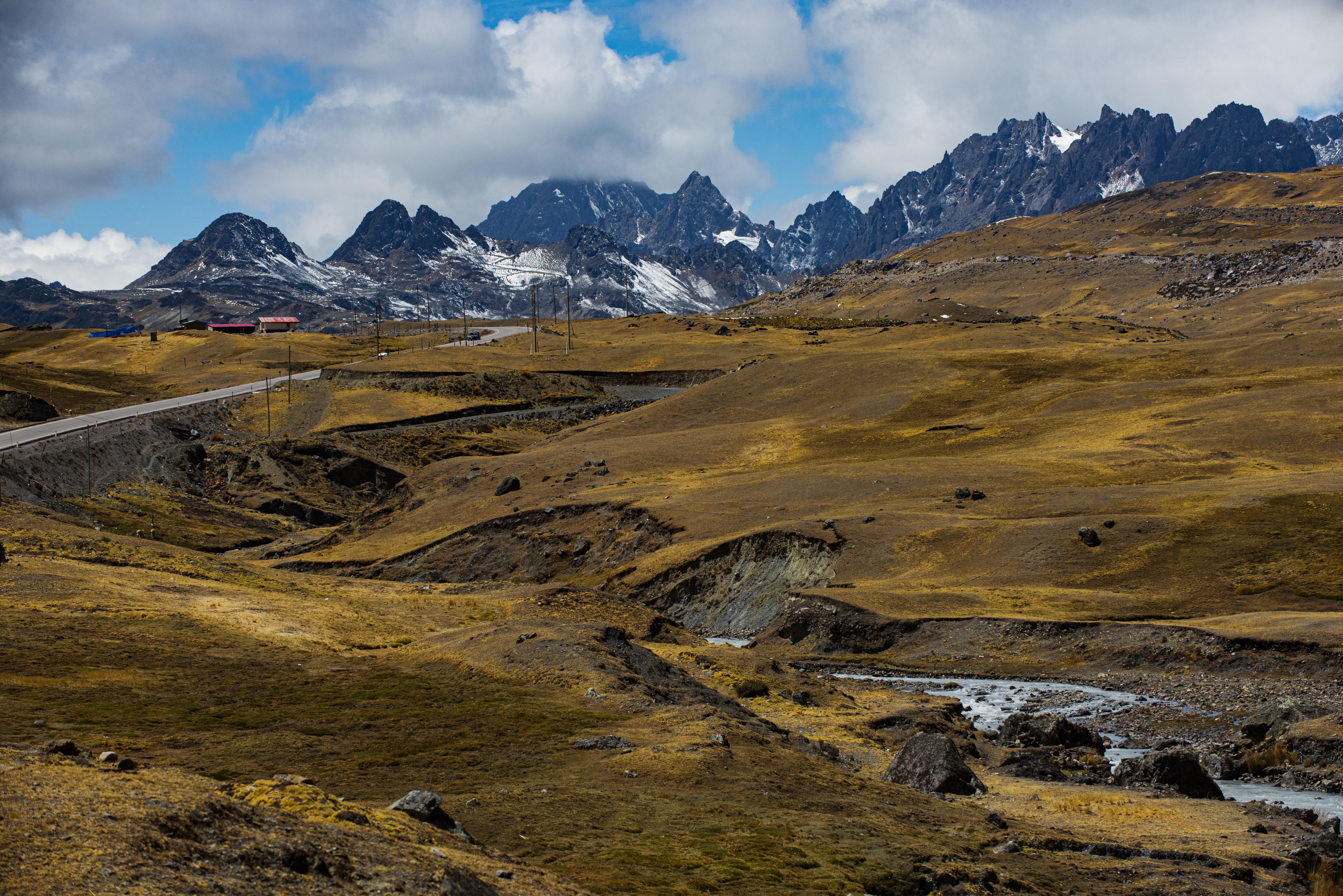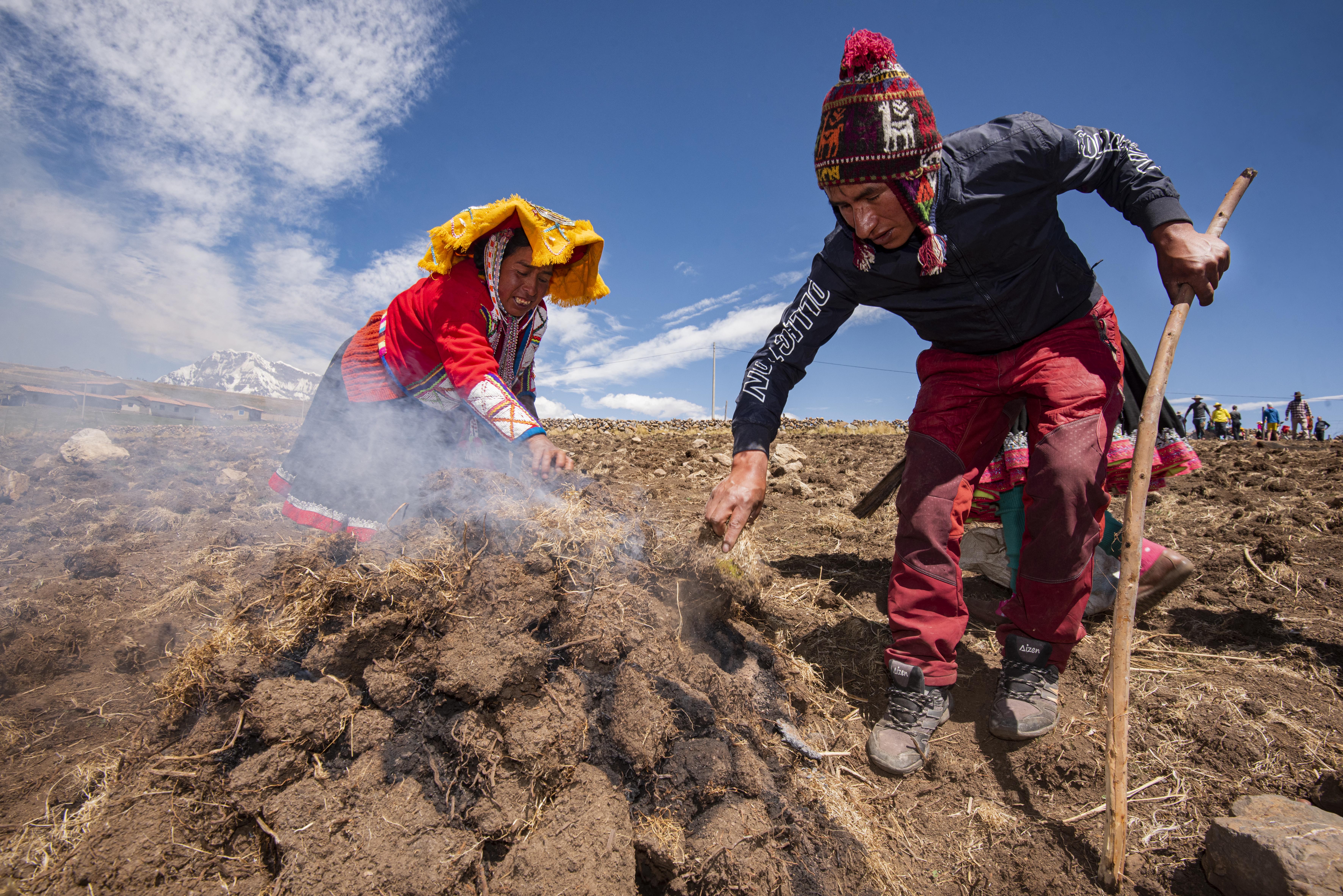

IMAGO, within the area of social innovation, was invited to participate in a socioeconomic reactivation project in the province of Quispicanchi, south of Cuzco in Peru.
More precisely, together with Obra social CCAIJO and the NGO Entreculturas, IMAGO is designing a collaboration project with high Andean communities located in the districts of Ccatca, Ocongate and Marcapata.
CCAIJO, OBRA APOSTOLICA of the COMPAÑÍA DE JESÚS, PROVINCE OF PERU, works in the province of Quispicanchi promoting and encouraging the sustainable human development of the population of Quispicanchi and Cusco. CCAIJO defines itself as an entity of service and accompaniment of the population, which provides training, technical support and facilitates processes leading to generate changes in the vision and management of the development of the province of Quispicanchi and the region of Cusco.
Taking excerpts from the document "The Ausangate tourist route, a guide for travelers" published by Grupo Viajeros, Peru's leading organization in the promotion of travelers and travel culture, the re-foundation of Peruvian tourism should be based on the construction of a paradigm that has as its pillar the defense and proper management of the cultural and natural heritage of our people, in the case of Quispicanchi, in the enhancement of its extraordinary historical background, the worldview of its inhabitants and its high altitude ecosystems.
There is unanimity in considering gastronomy as a value chain that involves different branches of activity and that starts with agri-food production (including agriculture, fishing and the food industry); includes distribution through any type of channel (from traditional markets, supermarkets and large supermarkets to village stores, grocery stores and online commerce); and reaches homes and hotels with different profiles for its transformation and tasting, including tourism linked to gastronomy.
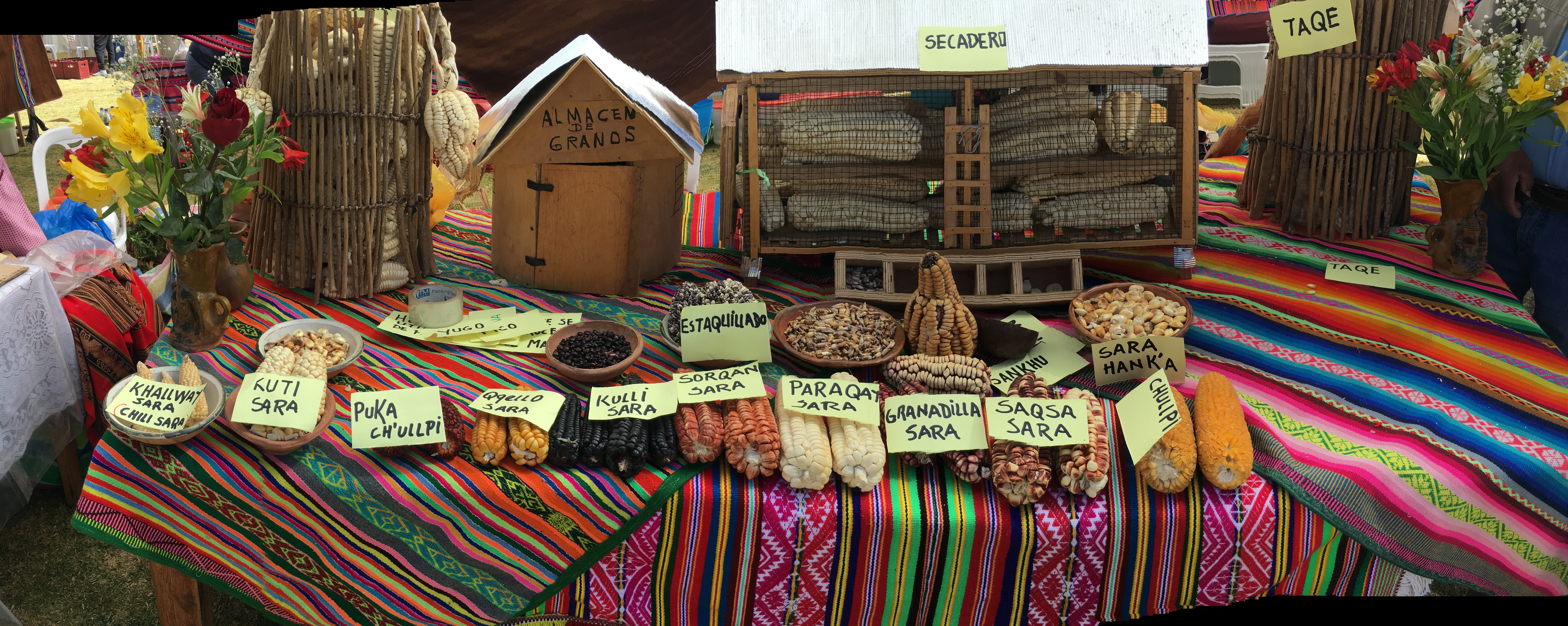
In order to articulate dynamics based on the cultural soil of the participating communities, Imago together with CCAIJO technicians, is developing two prototypes. One prototype in which a survey of the gastronomic heritage of the region is carried out, gathering information on inputs and products, techniques, utensils, trades, rituals, celebrations, recipes and testimonies of the inhabitants of the region. The second in which a diagnosis of the Ocongate cheese value chain is developed as one of the agricultural products that is currently a reference in the region's economy, together with guinea pig and pine mushroom. From this heritage survey, through which around 80 differentiating elements of local gastronomy have been recorded, co-creation exercises have been developed between experts, local entrepreneurs, the CCAIJO, the NGO Entreculturas, members of the technical tourism board, representatives of the municipalities, representatives of the communities (mainly Andamayo, Pacchanta, Cuyuni and Yanacancha) and Imago Gastronomy Lab. A similar exercise was also carried out for the proposal to improve the quality of Ocongate cheese, with the participation of experts, local entrepreneurs, the CCAIJO, Entreculturas, the provincial associations of milk producers and cheese producers, the municipality of Ocongate, as well as clients, the Shepherd School of the Basque Country and IMAGO. These exercises to assess the potential of the territory for the generation of its own gastronomic tourism proposal have yielded tremendously valuable results that have served as the basis for the formulation of a great project. They are also very useful for its implementation.
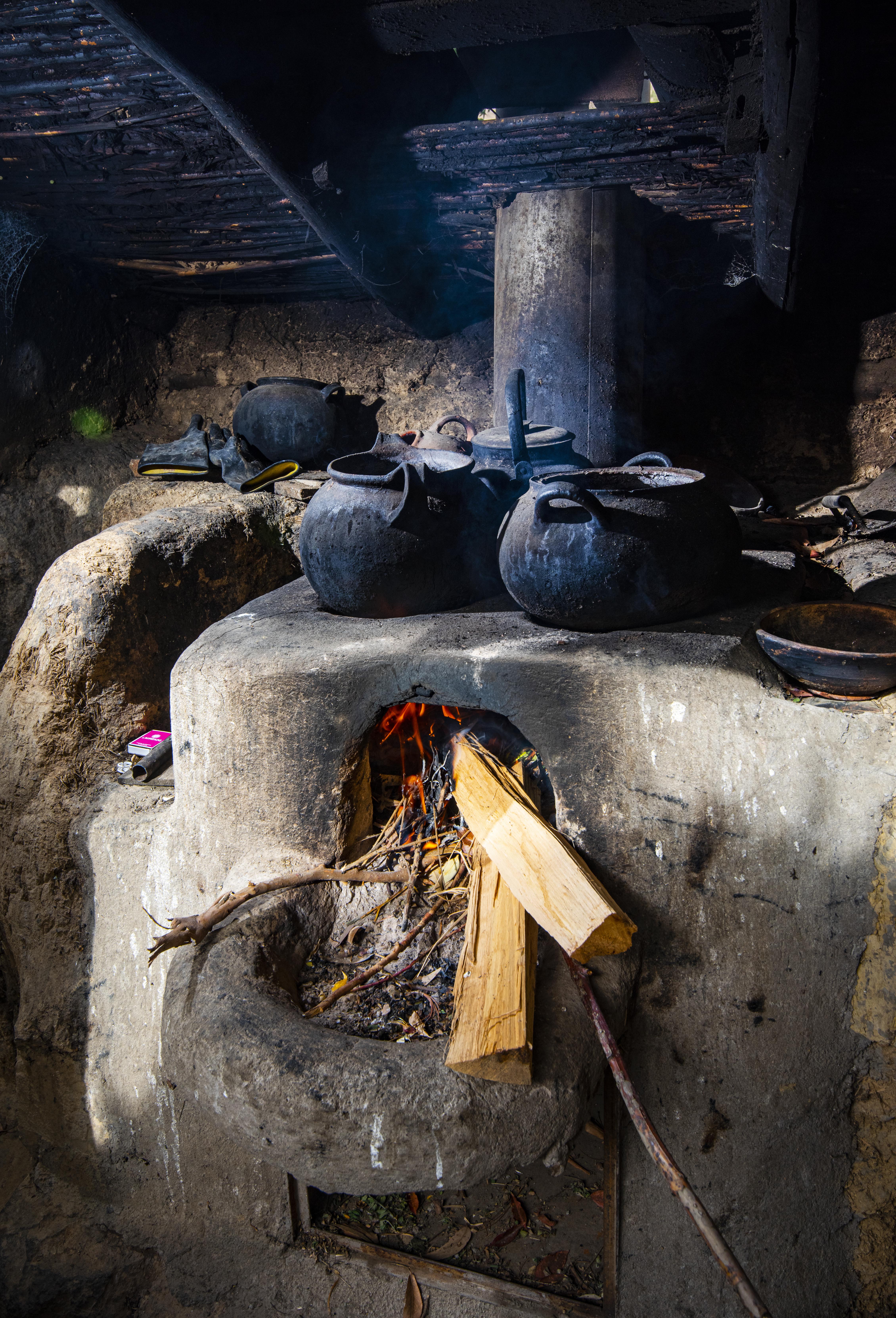
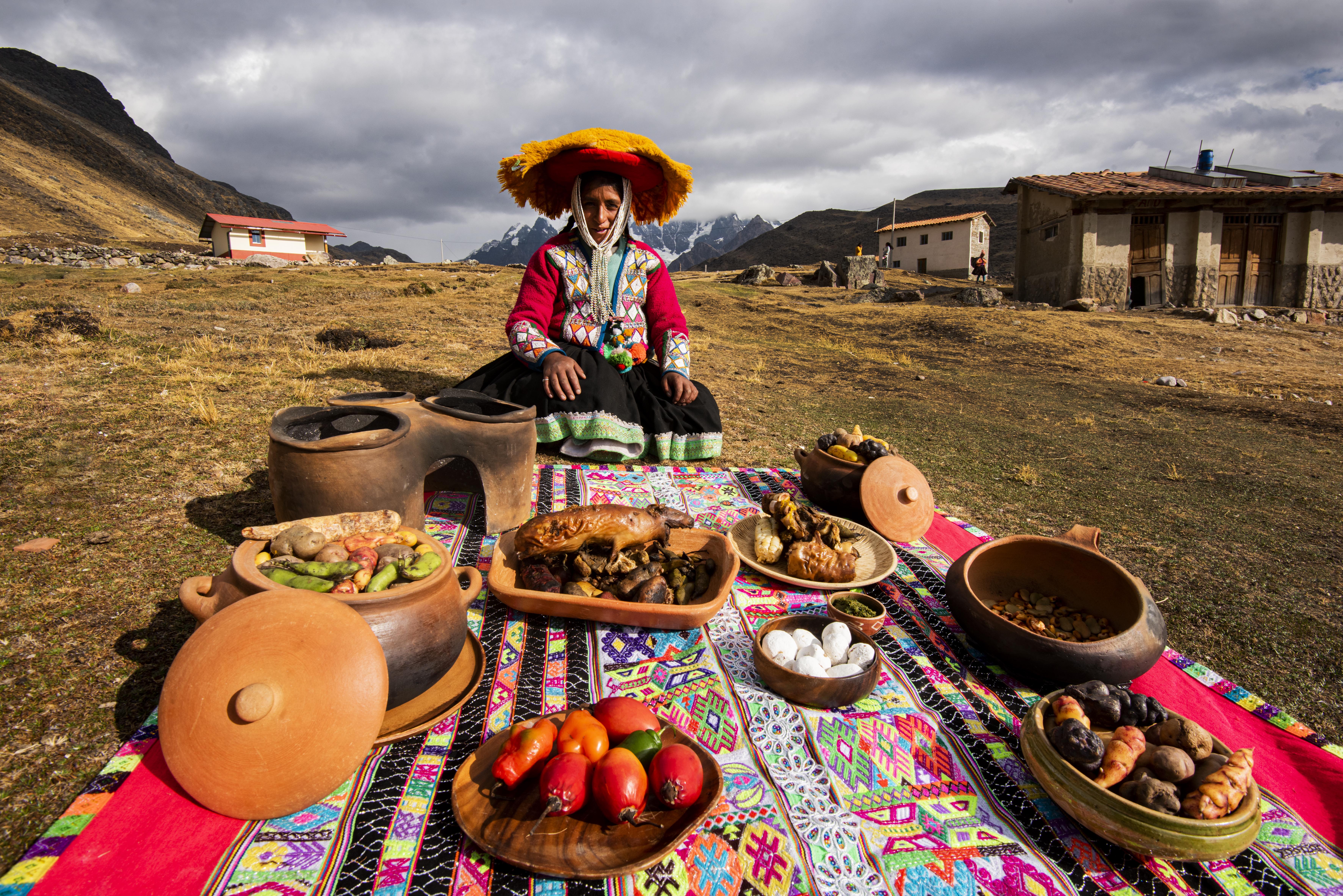
The project financed by AECID (The International Cooperation Agency for Development) aims to improve the income of 257 rural families who live from tourism in the Province of Quispicanchi - Cusco, in the area of the Ausangate Tourist Route (RTA). The implementation of different prototypes contributes to enhance the value of the gastronomic heritage of the route, to improve its competitiveness in the face of local tourism competition, and to strengthen the entrepreneurial ecosystem of the region.
The result is a gastronomic publication of great value and the inputs that will be recovered both in the practice of catering and rural community tourism. This book has been prefaced by prestigious Peruvian chefs such as Virgilio Martínez and José Luján. At the same time, promotional activities and competitions will be held to give young cooks the opportunity to train in haute cuisine restaurants. The dairy value chain is working to improve the sanitary conditions of livestock, stables, and cheese processing rooms to improve the sensory and microbiological quality of the Ocongate cheeses currently produced in the area. In addition, the associated groups of cattle ranchers and cheese producers are working to strengthen the "Ocongate cheese" brand in order to reach new markets in both Cusco and Lima. Collaborative initiatives have been launched together with other development projects where producers and promoters of municipal markets are developing new distribution circuits for the incorporation of Andean cheeses in large cities where demanding customers want to have access to select cheeses.
